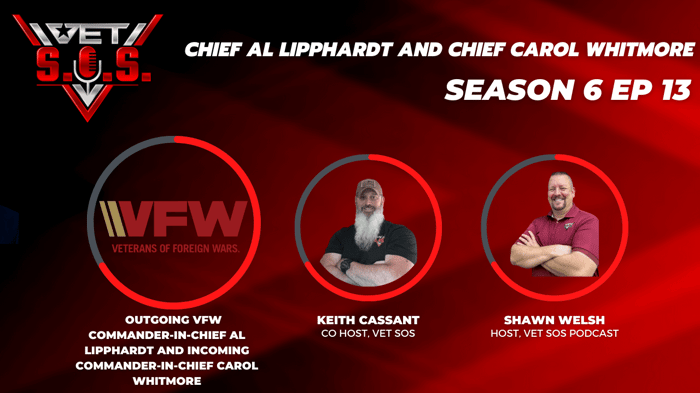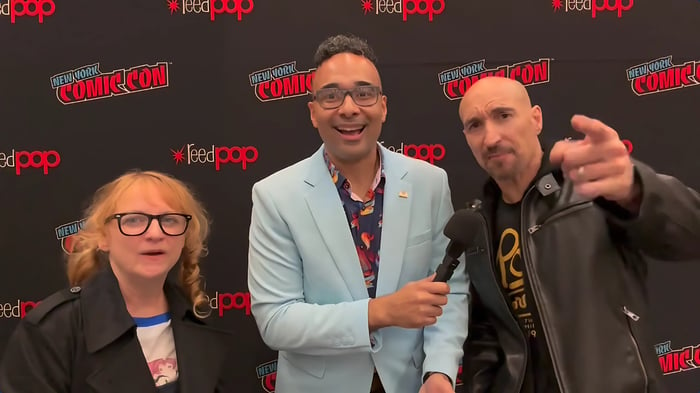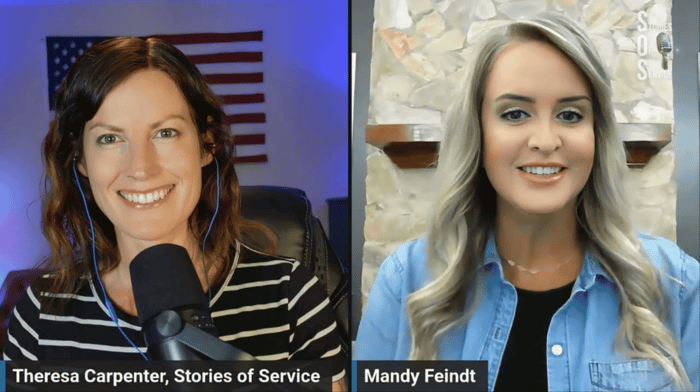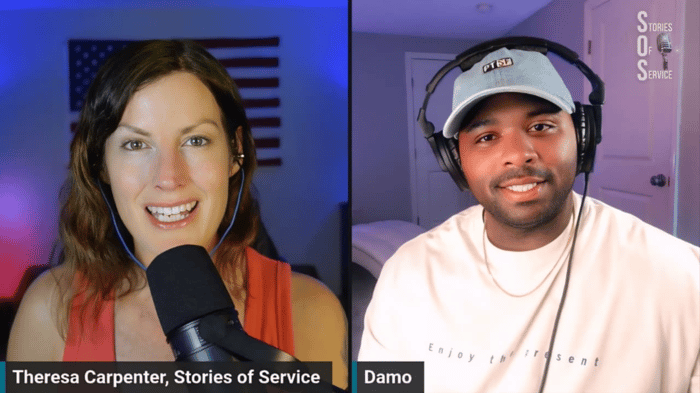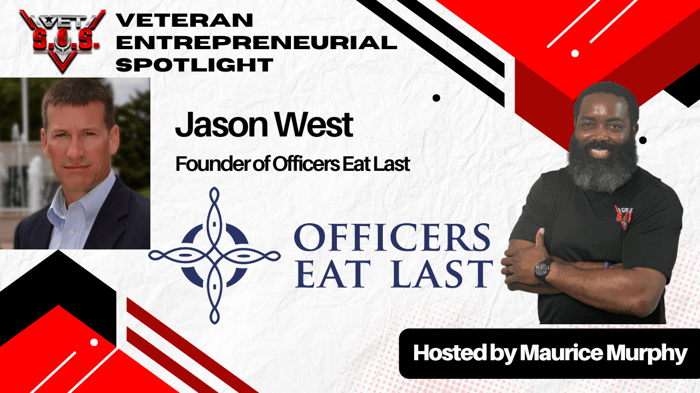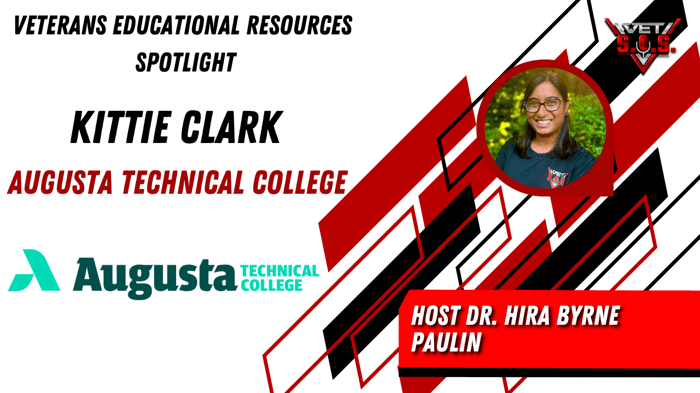Veterans of Foreign Wars: Leadership, Advocacy, and the Future of Veteran Support
The Veterans of Foreign Wars (VFW) has stood as a steadfast champion for America’s veterans for over 125 years. Known for its relentless advocacy, community involvement, and commitment to service, the organization continues to adapt to meet the changing needs of those who served.
In a recent episode of the VET S.O.S. podcast, host Shawn Welsh sat down with outgoing VFW Commander-in-Chief Al and incoming Commander-in-Chief Carol for an inspiring discussion about the past, present, and future of the VFW. Their conversation touched on their own military transition stories, the evolving mission of the VFW, and how the organization continues to unite generations of veterans.
Transitioning from Service: Then and Now
Both leaders shared deeply personal accounts of leaving the military in a time when transition programs were nearly nonexistent.
Al retired from the Army in 1979, and his separation process was blunt and brief: “There’s the door. Don’t let it hit you on the way out.” With no formal assistance, he simply forged ahead into civilian life. Looking back, he sees the tremendous progress made in preparing service members for civilian life and credits the Veterans of Foreign Wars with advocating for those improvements.
Carol, who joined the Women’s Army Corps in 1977 and left active duty in 1980, experienced something similar. Although she was convinced to remain in the reserves by a retention NCO, there was no structured transition support. She reflected, “We teach them how to go to war, but we don’t always teach them how to come home.”
Today, programs like the Benefits Delivery at Discharge (BDD) sites — supported by the VFW — ensure service members begin receiving the benefits they’ve earned as soon as possible.
How the Veterans of Foreign Wars Supports Transition
When asked how the VFW fits into the transition process, Al emphasized the importance of connection and belonging. Veterans, he said, should never feel alone. The VFW serves as a family, a place where members instantly recognize each other’s shared experiences.
Carol added that the VFW’s “Still Serving” campaign highlights the ongoing contributions of veterans in their communities. This initiative not only honors members but also encourages younger veterans to see the VFW as a modern, relevant organization that welcomes their involvement.
Local VFW posts are often the heartbeat of small-town veteran life. In some communities, the post is the only place veterans can gather, share stories, and access resources.
Reaching the Next Generation of Veterans
The Veterans of Foreign Wars recognizes that engaging younger veterans requires innovation. While older generations may prefer meeting at the post bar, younger veterans often connect through digital platforms and shared activities like gaming.
VFW combat-tested gaming programs create a positive outlet for stress relief and connection. Carol also mentioned partnerships with groups such as Irreverent Warriors, whose “Silky Hikes” provide lighthearted, yet powerful, opportunities for younger veterans to bond over shared experiences and mental health awareness.
By embracing modern engagement strategies, the VFW is ensuring that it remains relevant and appealing to a generation raised in the digital age.
Legislative Advocacy: A Core Mission of the Veterans of Foreign Wars
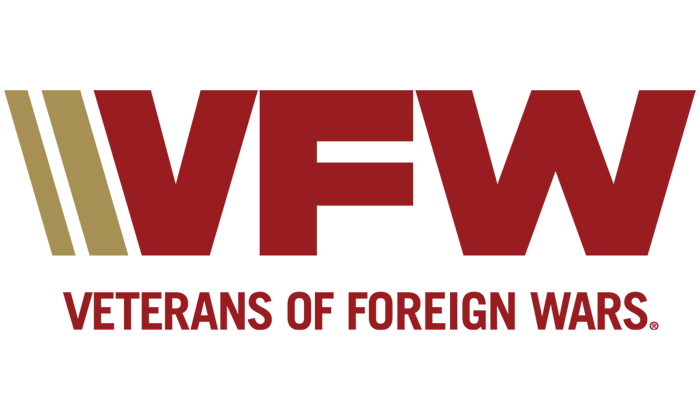 One of the VFW’s greatest strengths is its ability to influence policy at the national level. Both Al and Carol stressed the importance of advocacy as a cornerstone of the Veterans of Foreign Wars mission.
One of the VFW’s greatest strengths is its ability to influence policy at the national level. Both Al and Carol stressed the importance of advocacy as a cornerstone of the Veterans of Foreign Wars mission.
Over the years, the VFW has played a decisive role in securing significant legislative wins for veterans, including:
The Forever GI Bill – Expanding education benefits for service members, veterans, and their families.
The PACT Act – Addressing toxic exposure and expanding healthcare access.
Currently, the VFW is pushing for the passage of the Richard Starr Act, legislation that has been stalled since 2004. Carol sees this as a top priority for her tenure as Commander-in-Chief. “We have to be our own best advocate,” she said. “Nobody else is going to do that for us.”
The Essential Role of VFW Service Officers
The Veterans of Foreign Wars is widely respected for its network of highly trained service officers. These professionals act as advocates, advisors, and guides for veterans navigating the VA system.
Carol described them as part lawyer, part doctor, and part counselor — helping veterans secure the disability benefits they’ve earned through their service. They work tirelessly to ensure that no veteran is left behind in the often complex claims process.
Preserving the Warrior Ethos
Al expressed concern that society — and at times even the VFW — has drifted from recognizing the warrior spirit that defines its members. He reminded listeners that the Veterans of Foreign Wars is made up of men and women who volunteered to place themselves between the nation and its enemies.
This warrior ethos, he argued, should remain at the heart of the organization’s identity, guiding its advocacy and community engagement.
Membership Growth and Engagement
Membership in the Veterans of Foreign Wars has grown over the past three years, a trend Al attributes to stronger engagement opportunities and renewed purpose.
The rebranding of the annual “Legislative Conference” into the more inclusive “Washington Conference” has encouraged broader participation, allowing members to walk the halls of Congress and directly advocate for veterans’ issues.
Al also implemented a military-style operational plan for leadership transitions, ensuring continuity of mission and clarity of objectives.
Carol’s Vision for the Veterans of Foreign Wars
As the first female Commander-in-Chief in VFW history, Carol acknowledges the significance of her role but emphasizes that she is a veteran first. Her vision for the Veterans of Foreign Wars includes:
Passing the Richard Starr Act – Finally securing a long-overdue benefit for disabled veterans.
Elevating Service Officers – Highlighting their dedication and expanding their ability to serve.
Advancing the POW/MIA Mission – Ensuring no missing service member is forgotten.
Her motto, “For Veterans, By Veterans,” captures the essence of the VFW — veterans taking care of one another and advocating for what is rightfully theirs.
A Legacy of Service and Advocacy
The conversation between Shawn, Al, and Carol underscores the enduring relevance of the Veterans of Foreign Wars. Whether it’s providing a gathering space for veterans, advocating for legislation, or innovating with gaming programs, the VFW continues to evolve without losing sight of its core mission.
The organization’s commitment is clear: to serve veterans, their families, and their communities with the same dedication they showed in uniform.
Conclusion
For over a century, the VFW has been more than an organization — it has been a lifeline for millions of veterans. With leaders like Al and Carol guiding the way, the VFW is poised to continue its mission well into the future, adapting to new challenges while honoring its warrior roots.
From Capitol Hill to small-town posts, the message remains consistent: the Veterans of Foreign Wars is still serving, still advocating, and still fighting for those who fought for us.
